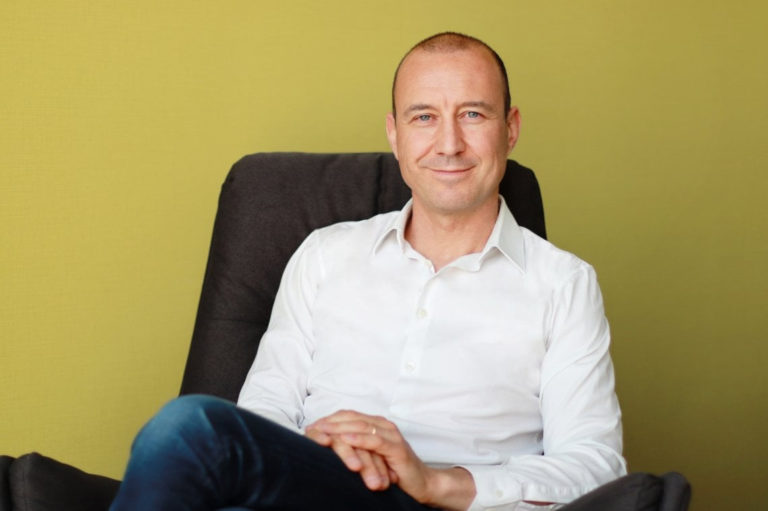On the occasion of the 26th Fashion Summit Pambianco-PwC held this past November, Zalando General Manager for Italy and Spain, Riccardo Vola, spoke about how the face of the leading fashion platform in Europe is changing, in the wake of three macrotrends that will characterise fashion in the near future: digitalisation, sustainability, and personalisation.
DIGITALISATION
Founded in Berlin in 2008, and present in 23 countries where it offers fashion and lifestyle products to over 46 million active customers, Zalando has always focused on digitalisation, and as of November 2021, has launched also in Italy a new service aimed at distribution called Connected Retail. With it, the e-tailer platform gives life to a hybridized relation with B2B, allowing physical stores (and not only brands) to directly sell online on its platform. Physical retailers can quickly and easily connect their stores free of charge: Zalando provides them with the necessary software, online contents, payment options, customer service . The store can then decide in accordance with its own preferences whether or not to sell the entire collection present in the physical store on the platform, or just a part of it. For example, the store can choose to present a certain category of products or top price products only, while remaining completely in charge of the assortment and sales price. In this way, the brand and stores maintain full control over their own business. The service is already active in 13 countries, including Italy, with over 6 thousand stores, allowing Zalando to offer the consumer, in 2021 alone, over 500 brands and 100 million more products compared to the past, with an assortment that is even more niche and specialised. The consumer can even see which stores sell a certain product and decide whether or not to visit it in person, allowing, in many cases, to improve the foot traffic to the physical store. “Our goal for 2023 – confirms Vola – is to bring the share of business arriving from this new service to 40% of the total business. In the future, we are also considering inserting on the Connected Retail service new functions like Click and collect, which allows online purchases made on Zalando to be picked up at a store; while also offering the possibility to the store (and not just to brands as already happens) to create their own page on Zalando, allowing them to establish an even more direct relation with the consumer”.
SUSTAINABILITY
The second trend that will increasingly characterise the future of the fashion industry, while also determining the new strategy of Zalando, is sustainability. The platform launched also in Italy, in Spring 2021, the Second Hand service, arriving in a market – that of used items – that has literally exploded in the post-pandemic period and, which, according to the estimates of the platform itself, will become even bigger than that of first hand goods within 5-10 years. “The Zalando assortment has gone from 20 thousand to 200 thousand products in the Second Hand segment – confirmed Vola. Consumers can sell their used products directly on the platform, which picks them up, provides an estimate, and puts them back up for sale, offering the consumer credit for their trade-in towards new purchases”. In recent years, Zalando has also reinforced its carbon neutral strategies launched in 2019, ensuring greater visibility for sustainable products with a special label and specific filters on the platform that allow the consumer to easily identify green products and stay up-to-date on the latest proposals.
PERSONALISATION
Last, but not least, in the field of personalisation, Zalando has launched also in Italy, at the end of November 2021, the new Zalando Plus service, which with an annual payment guarantees the consumer membership in a kind of ‘club’, where it is possible to enjoy various benefits, including a more rapid delivery service, prioritised customer care and, above all, special access to capsule collections and Limited Edition collections.



